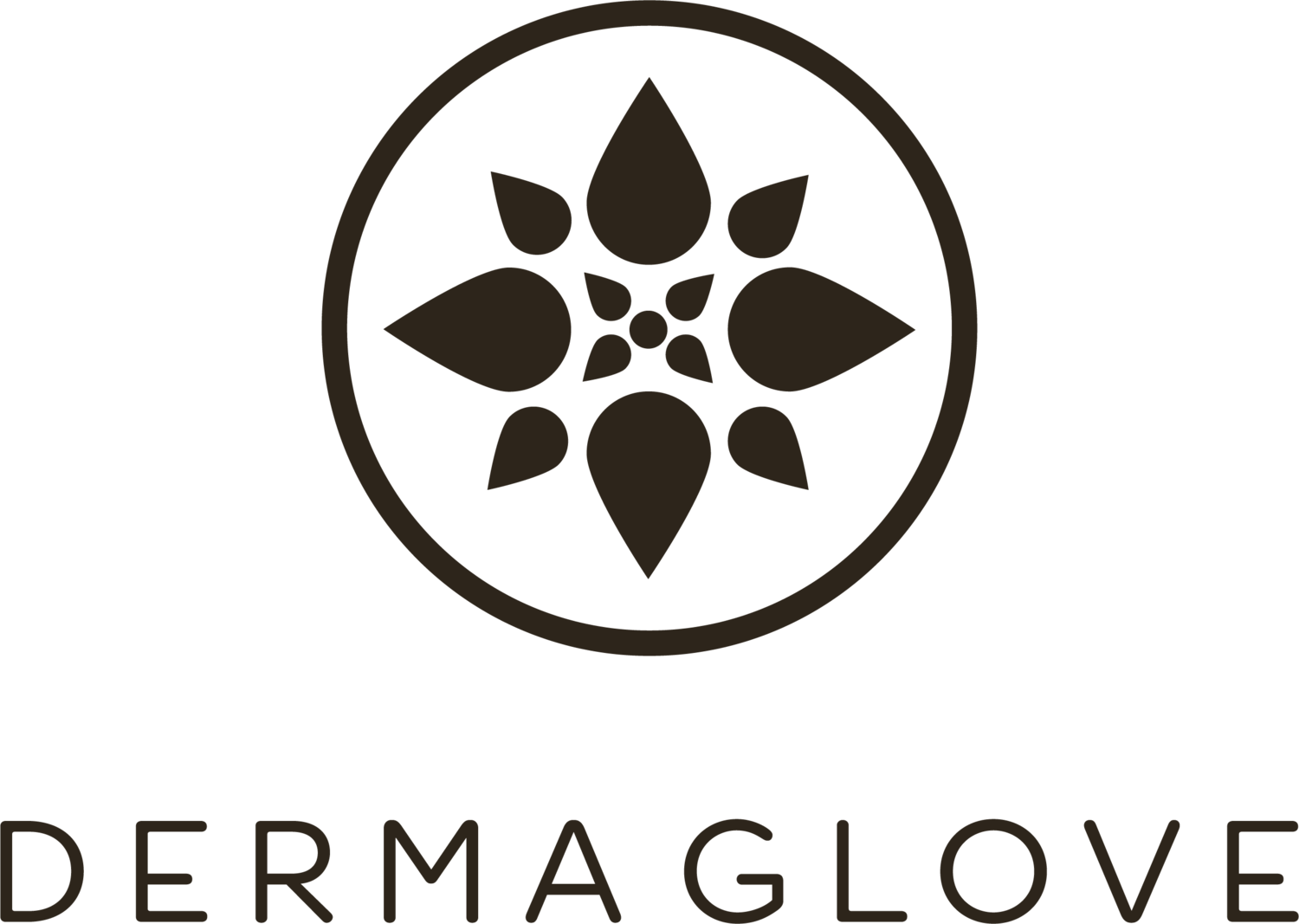HERE’S THE TRUTH, CAN YOU HANDLE IT?
AQUA GREEN CLEAN PRODUCTS AND SOLUTIONS firmly believe everyone deserves to live, work, play, and thrive in a healthy and safe environment. I feel empowered and obligated to share this information.
My name is Lisa Levison. I have dedicated countless hours to understanding and learning from my industry. I take nothing for granted as a woman-owned small business owner that starts with research and development, then work through manufacturing with a focus on distribution and disposal. As such, I understand that everyday products dramatically impact our health and environment.
Exposure to toxic chemicals from products adds to the harm of many people. In addition, much of the world faces industrial pollutants, climate change, and a lack of adequate healthcare and access to healthy food. By evaluating new ingredient information about toxic chemicals used in cleaning products, this report aims to highlight the role of the cleaning products industry in cumulative harm and disproportionate burdens many cleaning product users already face from numerous other determinants of health from occupational exposure and pollutants in their environments.
I am joining forces with Women’s Voices for the Earth to advocate for the safety and transparency of ingredients used in cleaning products. As a result of a new California law (California Cleaning Product Right to Know Act – SB 258), we have dramatically increased our understanding of the ingredients we are exposed to in keeping our private and public spaces clean, safe, and healthy.
This report calls attention to some of the most problematic and pervasive ingredients used in household and institutional cleaning products that have remained hidden from the general public until now. It also includes recommendations for ensuring that cleaning products are regulated for safety, companies using these products are held accountable for their role in cumulative exposures, and manufacturers prioritize the health and well-being of the people who use their products—in contrast, systematically exposing others to the dangers of toxic chemicals and compounds.
Summary of Results:
Toxic Chemicals Found in Cleaning Products Sold in the United States.
Diethyl Phthalate (DEP)
Exposure to diethyl phthalate can result in higher risks of preterm birth. A child born prematurely can have lifelong health impacts. Diethyl phthalate exposure can also decrease lung function and affect breathing.
Where do we find it?
Carpet cleaners and some fragranced products.
Butylphenyl Methylpropional (Lilial)
Butylphenyl methylpropional may cause harm to a fetus during pregnancy and could affect fertility. In 2020, the European Union (EU) classified butyl phenyl methylpropional as a CMR 1B reproductive toxin. As a result, the chemical will be banned from cosmetics and cleaning products in the EU as of 2022.
Where do we find it?
Laundry products (detergent, laundry scent boosters, fabric softeners, dryer sheets), dish soap, air fresheners, multipurpose cleaners, glass cleaners, and carpet deodorizers.
Hexamethylindanopyran (Galaxolide)
Galaxolide is a widely detected water contaminant that does not break down easily in the environment and is highly toxic to fish and other aquatic creatures. In addition, Galaxolide is a potential endocrine disruptor and may break down the body’s natural defenses against other toxic chemical exposures.
Where do we find it?
Air fresheners, all-purpose cleaners, bathroom cleaners, laundry detergent, laundry scent boosters, fabric softeners, dryer sheets, carpet cleaners, and dish soap.
Tetramethyl Acetyloctahydronaphthalenes (OTNE)
OTNE is an emerging chemical of concern, frequently found to contaminate water, and is highly toxic to fish and other aquatic creatures. In addition, OTNE is a potential reproductive toxicant in mice studies, but no research is available to tell us how OTNE may be affecting human reproductive health.
Where do we find it?
Laundry products (detergent, laundry scent boosters, fabric softeners, dryer sheets); occasional use in dish soap, all-purpose cleaners, and glass cleaners.
Hydroxyisohexyl 3-cyclohexene carboxaldehyde (HICC)
HICC is a well-known and well-documented skin allergen. As of August 2021, this fragrance ingredient is banned in cosmetic and cleaning products in the European Union.
Where do we find it?
Laundry products (detergent, laundry scent boosters, fabric softeners, dryer sheets); some air fresheners.
Isothiazolinones: Methylisothiazolinone (MI) and Methylchloroisothiazolinione (MCI)
MI and MCI are two of the most common chemicals causing skin allergies in the United States. As a result, they have been banned and restricted from cosmetics in many countries worldwide, including the European Union and Australia. However, the United States has no regulatory bans or restrictions on these chemicals.
Where do we find them?
Cleaning wipes, liquid dishwashing soap, carpet cleaners, laundry detergents, all-purpose cleaners, and fabric softeners.
Glycol ethers: 2-butoxyethanol, Butoxydiglycol, and Ethoxydiglycol
Exposure to glycol ethers during pregnancy can affect the development of the fetus’s brain. As a result, glycol ether exposure during pregnancy can decrease IQ, affect motor function, and increase the risk of behavioral concerns such as attention deficit and hyperactivity in children.
Where do we find them?
More commonly than not, found in institutional/janitorial products and products sold in dollar stores. Specifically, spray glass cleaners, aerosol foaming glass cleaners, carpet cleaners, and all-purpose cleaners.
Please take this knowledge and use it to your advantage. Also, don't hesitate to contact me for more information about this organization and how to learn more about the products you are exposed to.


